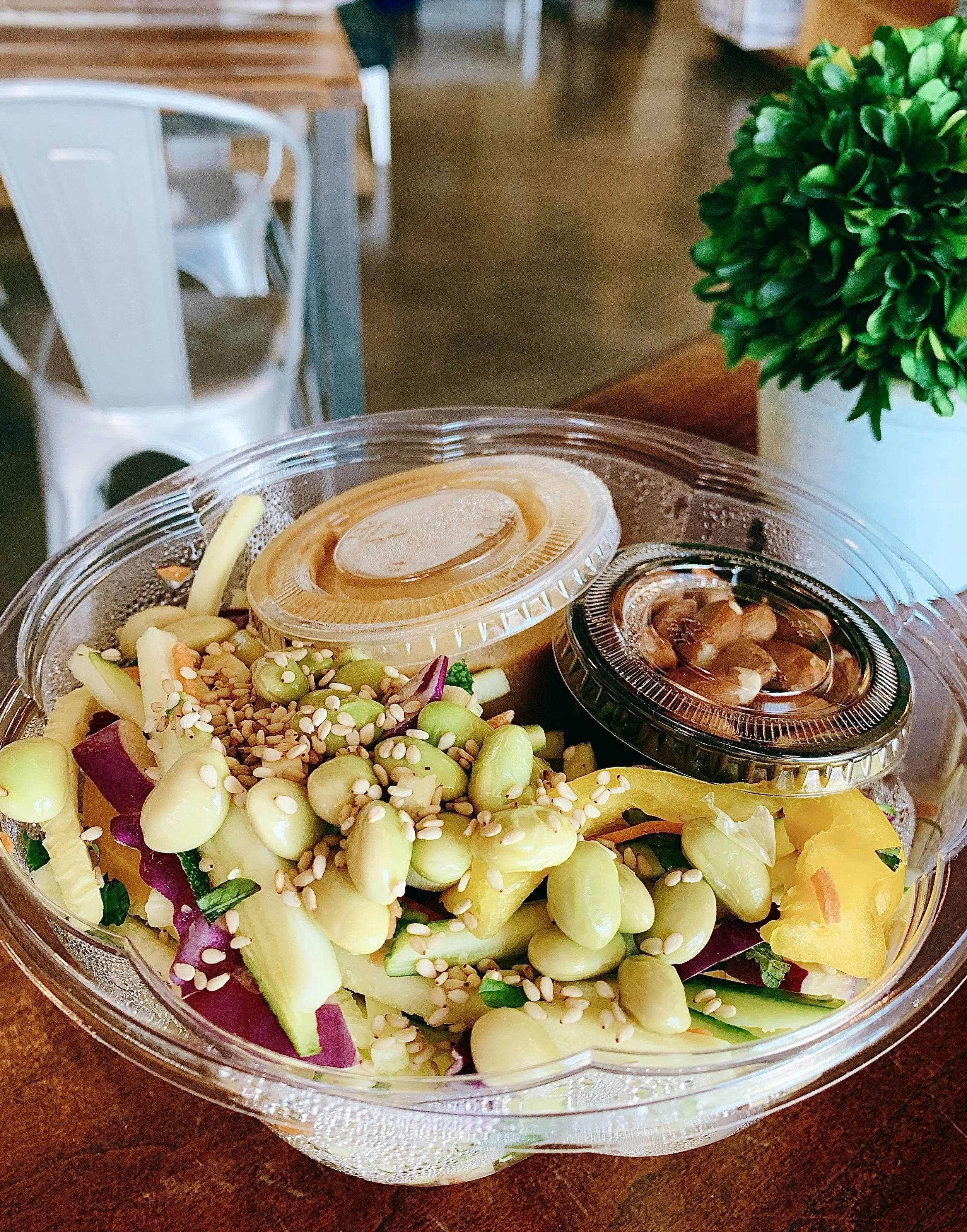The Basics: Magnesium
Post previously published on, and in collaboration, with E+Rose Wellness Cafe. Edited for reposting purposes.
Many of us are under consuming magnesium rich foods, and we don’t even know it! A suboptimal intake of this essential mineral (meaning our bodies can’t make it) is one of the most common in the U.S., and can lead to a whole slew of health problems. To understand how Americans might be slacking in their magnesium intake, let’s start with food sources of this mineral.
Nuts, seeds, leafy greens and other veggies, fruit, beans, legumes, dark chocolate, soy, and some whole grains are good sources of magnesium. The Standard American Diet (SAD for short - coincidental?!), doesn’t contain enough of these nutrient dense foods, which partially explains the estimated 75% of Americans who aren’t getting enough magnesium. Aside from the underconsumption of this mineral, magnesium can also be depleted by stress, digestive issues, kidney disease, or overconsumption of alcohol.
Eating enough magnesium rich foods, or getting magnesium in supplement form (remember: supplements are meant to supplement a healthy diet!), can help with blood pressure and overall heart health, sleep, anxiety, energy levels, depression, blood sugar regulation, muscle cramps, and bone health. Magnesium supplements come in pill or dissolvable powder form. I personally like sipping Natural Vitality’s CALM before bed (in addition to a plant centric, nutrient dense, diet, of course!).
Bottom line: Eat more plants! Try to make half of your plate vegetables and include healthy plant based fats and proteins when possible like the E & Rose Wellness Cafe’s Raw Almond Falafel pictured above that’s loaded with veggies, almonds, and cashews (in the tzatziki sauce!). For a sweet, magnesium-rich treat, check out my 4 Ingredient No-Bake Peanut Butter Bars (below)!











